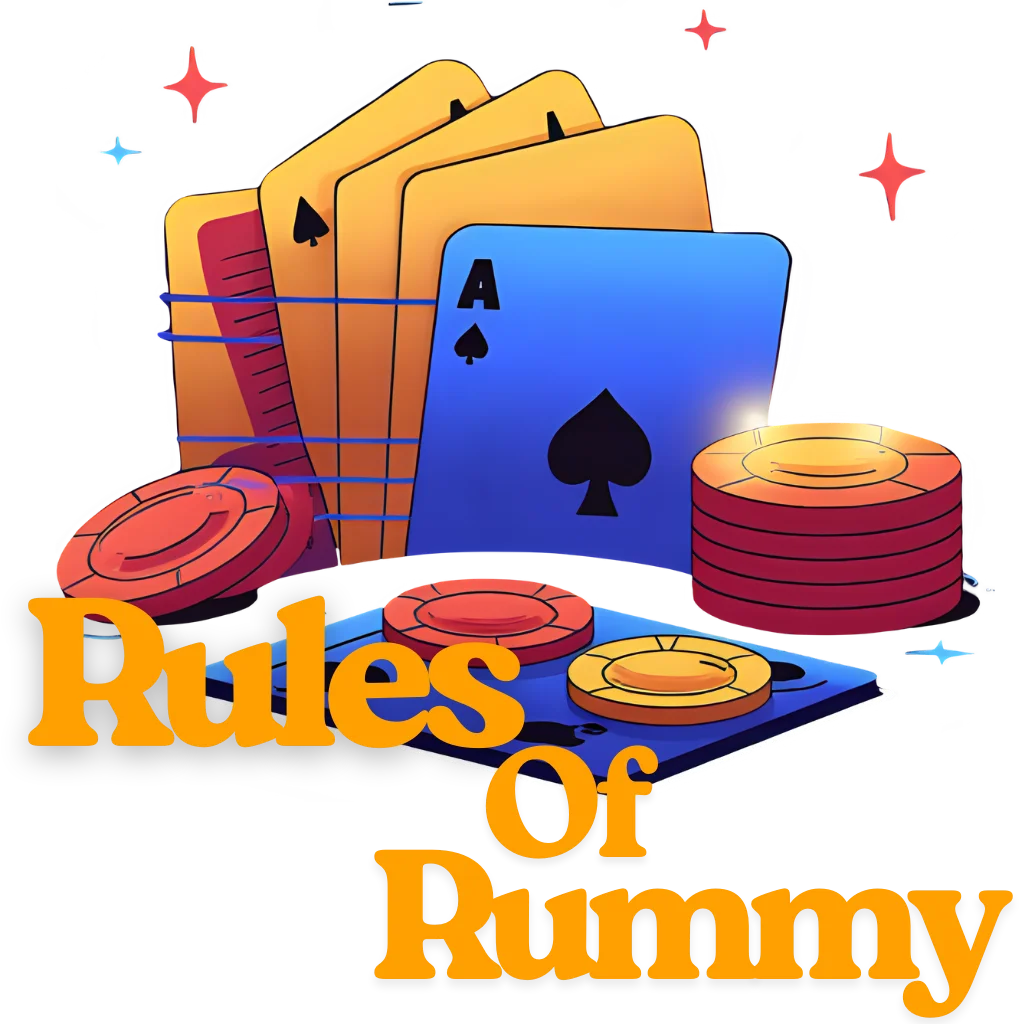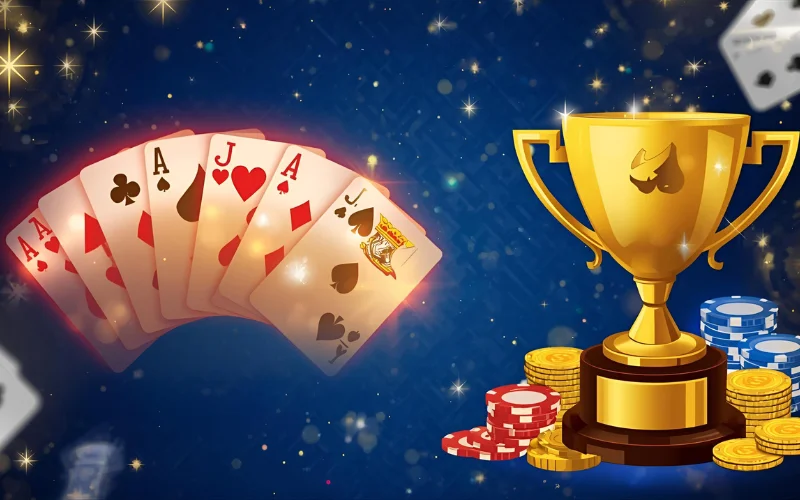How to Play Rummy: A Complete Guide for Beginners
Rummy is one of the most popular card games played around the world, known for its engaging gameplay and strategy-based rules. Whether you are playing casually with friends or competing online for real stakes, learning how to play rummy is the first step to mastering this exciting game. In this guide, we’ll cover the rules, variations, strategies, and expert tips to help you get started and become a pro.
What is Rummy?
Rummy is a card game that involves forming sets and sequences of cards. The primary objective is to organize all the cards in your hand into valid combinations and declare before your opponents. Players aim to reduce points and achieve the required combinations faster than others. Knowing how to play rummy will give you an advantage when competing against skilled players.
Basic Rules of Rummy
Before diving into how to play rummy, you must understand its fundamental rules
- Number of Players: Rummy is typically played by 2 to 6 players using one or two standard decks of cards (including jokers).
- Card Values:
- Number cards (2 to 10) carry their face value.
- Face cards (Jack, Queen, King) carry 10 points each.
- Aces carry 10 points as well.
- Number cards (2 to 10) carry their face value.
- Objective: Arrange all 13 cards (in standard Indian rummy) into valid sequences or sets.
Terminology You Should Know
To fully grasp how to play rummy, familiarize yourself with the essential terms:
Sequence: A group of 3 or more consecutive cards of the same suit (e.g., 4♥, 5♥, 6♥).
Pure Sequence: A sequence formed without the use of a joker (e.g., 7♣, 8♣, 9♣).
Impure Sequence: A sequence that includes a joker as a substitute card (e.g., 6♠, 7♠, Joker).
Set: A group of 3 or 4 cards of the same rank but different suits (e.g., 9♥, 9♠, 9♦).
Drop: A player may choose to quit a round early, resulting in a small penalty.
Step-by-Step Guide on How to Play Rummy
Each player is dealt 13 cards from a shuffled deck. A random card is selected as the “wild joker,” which can be used as a substitute for missing cards in sets and sequences.
1. Dealing the Cards
Players take turns picking a card from the closed deck or open deck (discard pile) and discarding one card to maintain 13 cards in hand.
2. Drawing and Discarding
The primary goal in rummy is to create at least one pure sequence and other valid sets or sequences. This is essential to make a valid declaration.
3. Forming Sequences and Sets
Once a player arranges all cards into valid groups, they discard one card to the “finish” pile and declare. Other players then show their cards for point calculation.
4. Declaration
Understanding Points in Rummy
When learning how to play rummy, understanding the scoring system is crucial:
- The winner gets 0 points, while other players are penalized based on ungrouped cards.
- Face cards (J, Q, K, A) carry 10 points each.
- Joker cards carry zero points.
- A maximum penalty of 80 points is common in Indian rummy.
Lorem ipsum dolor sit amet, consectetur adipiscing elit. Ut elit tellus, luctus nec ullamcorper mattis, pulvinar dapibus leo.
Key Strategies for Winning Rummy
Knowing how to play rummy is only the first step; applying effective strategies is the key to winning:
1. Prioritize a Pure Sequence
Without a pure sequence, your declaration is invalid. Make forming a pure sequence your first priority.
2. Discard High-Value Cards
Drop cards like K, Q, and J early unless they form part of a sequence. This reduces penalty points in case of an opponent’s win.
3. Use Jokers Wisely
Jokers are powerful cards. Use them to complete sets or impure sequences, but avoid using them in pure sequences.
4. Observe Opponent Moves
Keep track of cards picked and discarded by opponents. This can give you clues about their possible sequences.
5. Practice Bluffing
Discard cards smartly to mislead opponents about your strategy.
Types of Rummy
1. Points Rummy
Each game is played for a fixed point value. The winner earns chips or cash based on points collected from opponents.
2. Deals Rummy
Each game is played for a fixed point value. The winner earns chips or cash based on points collected from opponents.
3. Pool Rummy
Players aim to avoid reaching a pre-set score (e.g., 101 or 201 points). The last player remaining under the score limit wins.
Why Learn How to Play Rummy?
Rummy is not just a game of luck; it involves skill, strategy, and calculation. Learning how to play rummy allows you to sharpen your memory, improve decision-making, and enjoy an engaging activity that can also offer monetary rewards when played online.
Playing Rummy Online
With the rise of online gaming platforms, players can enjoy rummy from the comfort of their homes. Online versions of rummy offer features like
Instant Multiplayer Games: Join matches with players across the globe.
Secure Transactions: Deposits and withdrawals are processed safely.
Practice Games: Hone your skills in free tables before entering real-money games.
Exciting Tournaments: Compete for large cash prizes.
Pro Tips for Rummy Beginners
Start with practice games to get familiar with the rules.
Arrange cards by grouping them into potential sequences for better visibility.
Keep alternating between offense and defense based on the cards you draw.
Do not rush to declare unless you are 100% sure of your sets and sequences.
Learn How to Play Rummy Today
Discover the rules and strategies of rummy with our easy-to-follow guide. Whether you’re a beginner or looking to sharpen your skills, our step-by-step tutorial will teach you how to play rummy like a pro. Start learning now and enjoy the thrill of this timeless card game!



















